
- Home
- DescriptionNews
The NHSO's public-private partnership helps patients access physical therapy
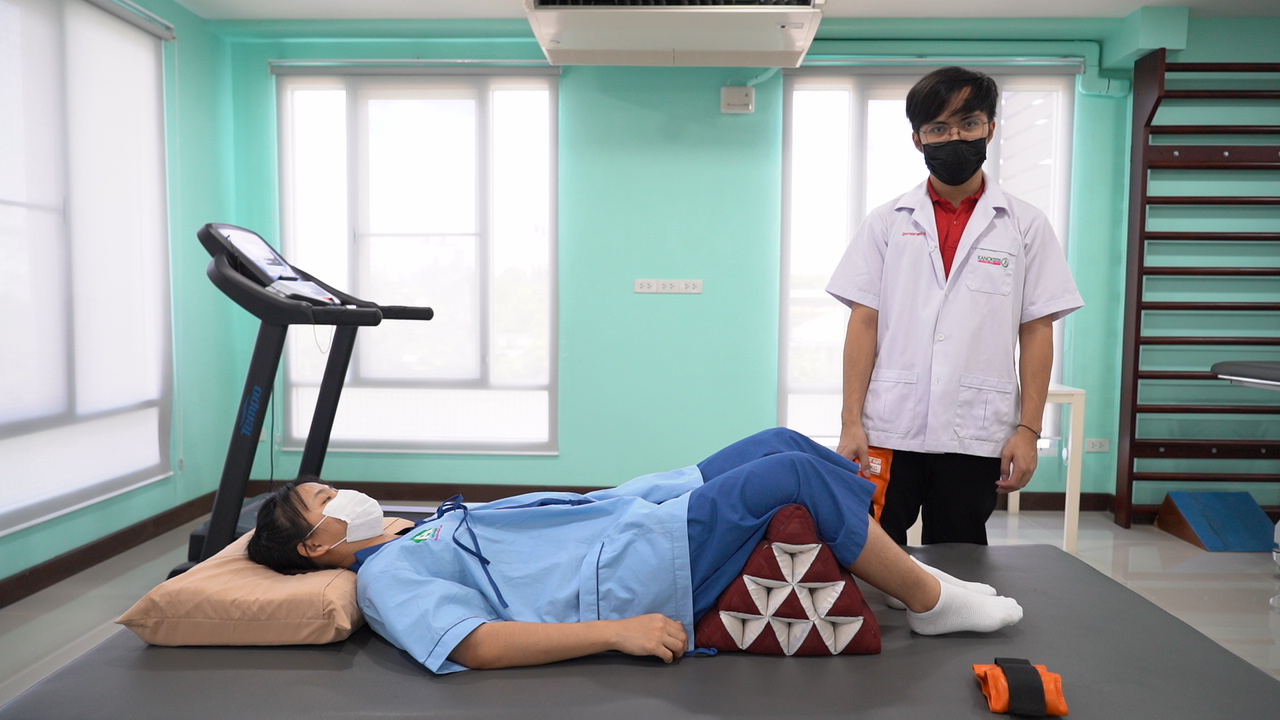
The NHSO's public-private partnership helps patients access physical therapy
To enhance access to healthcare services for beneficiaries of the Universal Coverage Scheme (UCS), the National Health Security Office (NHSO) has developed programs that involve health units outside the major hospitals.
These units include private pharmacies where patients can request medicines for common illnesses free of charge; medical and dental clinics that provide health promotion and disease prevention services to UCS beneficiaries; nursing and maternity clinics.
Physical therapy clinics are also part of the national health security system that answers patients’ healthcare demands.
The NHSO, in collaboration with the Physical Therapy Council, has encouraged private clinics to join the UCS since 2021.
This initiative aims to provide patients with convenient and comprehensive access to rehabilitation services. Currently, there are 68 physical therapy clinics partnered with the NHSO.
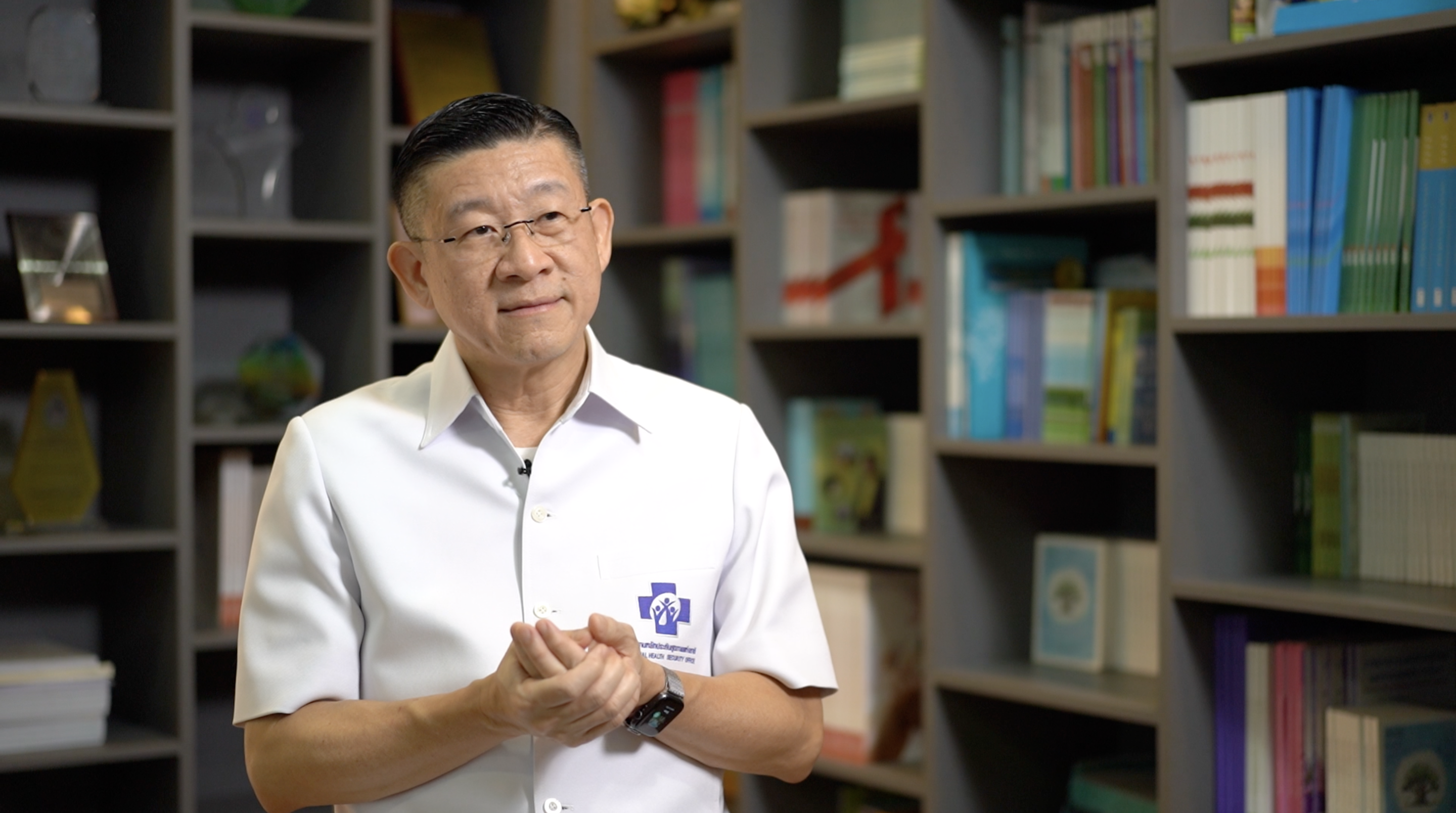
Dr Athaporn Limpanyalers, the NHSO Deputy Secretary-General, stated that integrating physical therapy clinics into the health provider network is driven by the goal of improving access to rehabilitation services for intermediate-care patients.
This group of patients refers to those with four disease groups — stroke, traumatic brain injury, spinal cord injury, and fragility fracture hip.
They require essential rehabilitation to restore the functions of their body parts. Providing them with care in the clinics has increased their convenience and safety while reducing hospital overcrowding and minimizing patient waiting times.
"Thailand is an aged society, meaning we have more elderly people with a higher risk of falls and rising demands for rehabilitation,” said Dr Athaporn.
“If there is a network of physical therapy clinics in the national health security system, patients will have more options to receive treatment at clinics near their homes. They don’t need to travel a long distance to get care.”
Many clinics offer home care, in which physical therapists visit patients’ homes and help assess the environment and recommend care options that suit patients the most.
Patients can be confident with the quality of care provided by these clinics, which must pass criteria before entering partnerships with the NHSO.
Comprehensive intervention

Associate Professor Dr Mantana Vongsirinavarat, President of the Physical Therapy Council of Thailand, said there is a growing trend in the number of intermediate-care patients within the four disease groups that require physical therapy.
For example, fragility fracture hip mostly occurs in the elderly who are prone to falls. After receiving treatment and passing the critical stage, their muscle will be weak and require physical therapy sessions continuously within the first six months of recovery.
However, staff limitations in hospitals result in high demands for physical therapy every day — which patients can’t schedule frequent appointments with physical therapists.
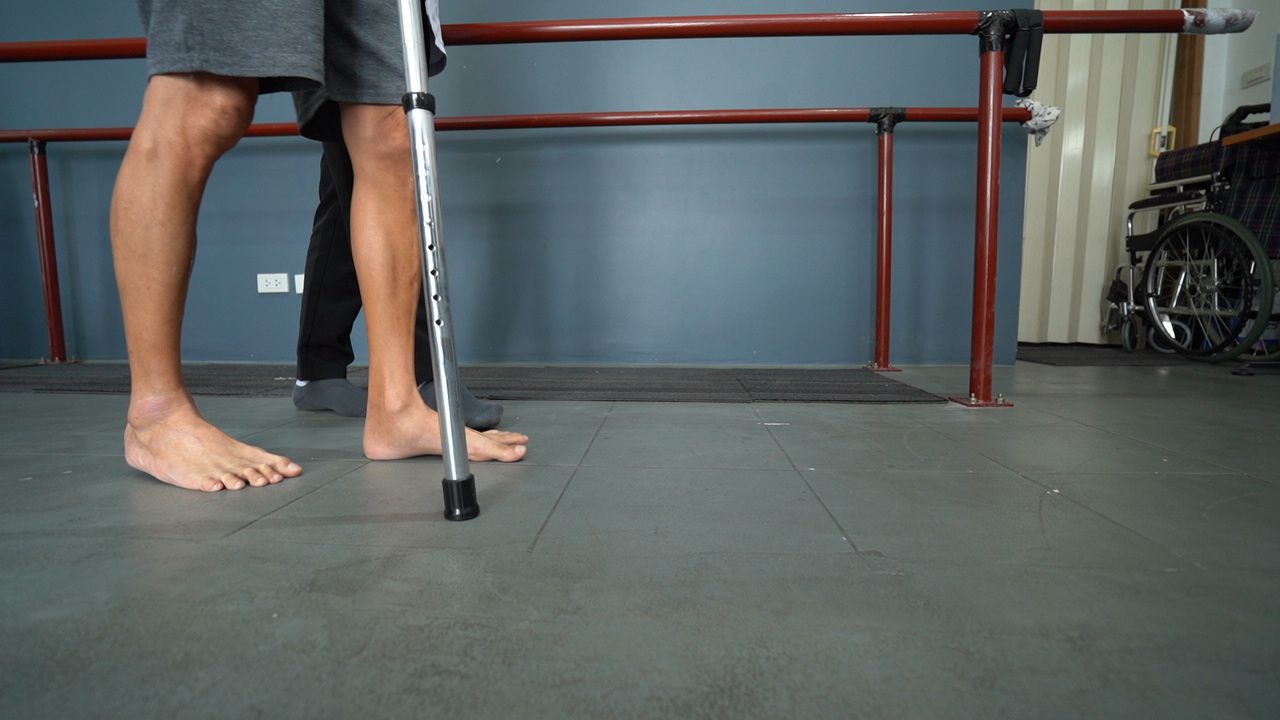
With the inconvenience of travel, these patients often require assistance from caretakers and might miss appointments and drop out of the care system. Consequently, most patients end up doing physical therapy by themselves.
Dr Mantana refers to the NHSO's partnership with private clinics as the intervention that helps distribute health services to patients at or near homes.
The NHSO covers the cost incurred for providing services, while patients don’t need to pay the medical fees at the service points.
This intervention enhances self-care in patients’ daily life and reduces the burden on hospitals, she said. It also importantly prevents patients from falling out of the treatment system.
However, challenges remain. Dr Mantana said that many patients are unaware of their ability to get physical therapy and private clinics partnering with the NHSO. On the other hand, hospital staff responsible for advising or referring patients are unaware of private clinic options.
“If we can manage the flow of patient referrals from hospitals to the clinics, the intervention will truly provide comprehensive care that reduces the risk of people becoming disabilities and bedridden as well as avoid death,” she said.
Integrate homecare
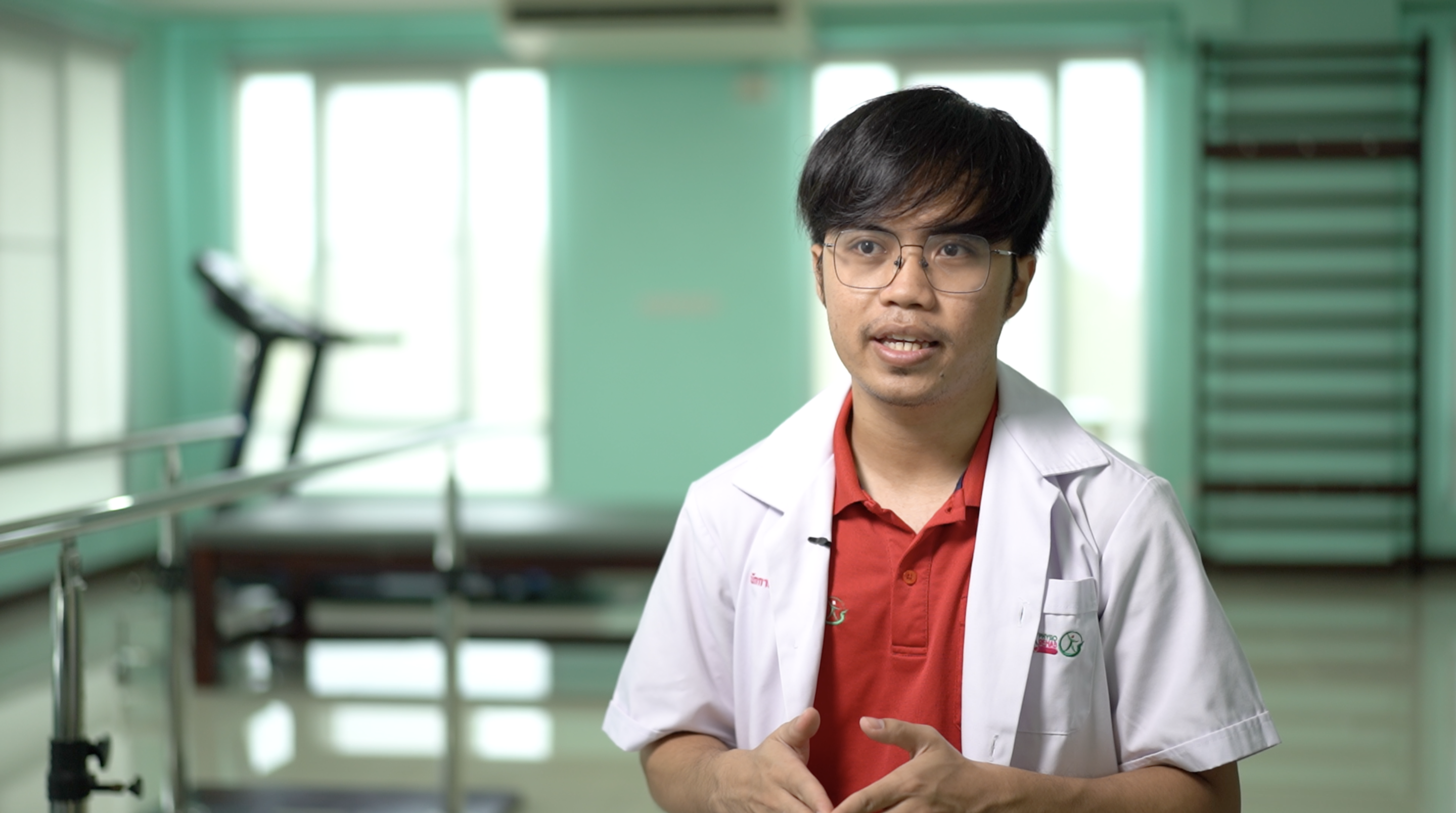
A physical therapist Rapeepat Jitmal at Konok Health Care Clinic in Bangkok said that the NHSO's intervention has encouraged patients to be consistent in joining the therapy sessions.
The program is highly beneficial, especially for individuals with low income who can’t afford the cost of travel to hospitals.
He explained the steps to get physical therapy at the clinics. Patients can visit hospitals where health staff will refer patients to the clinic, or request referrals from local public health centers.
Once their names are placed in the information system, the staff of the physical therapy clinic will call the patients and schedule appointments whether at the clinics or the patient homes.
"Home visits are arranged for most of the patients transferred to our clinic. We see the advantage of home visits as a way to assess the environment in patients' houses, observe their daily life, and address issues based on their actual circumstances,” said Rapeepat.
“However, there are limitations as some equipment cannot be transported to their homes. If possible, patients should receive treatment at the clinic too.
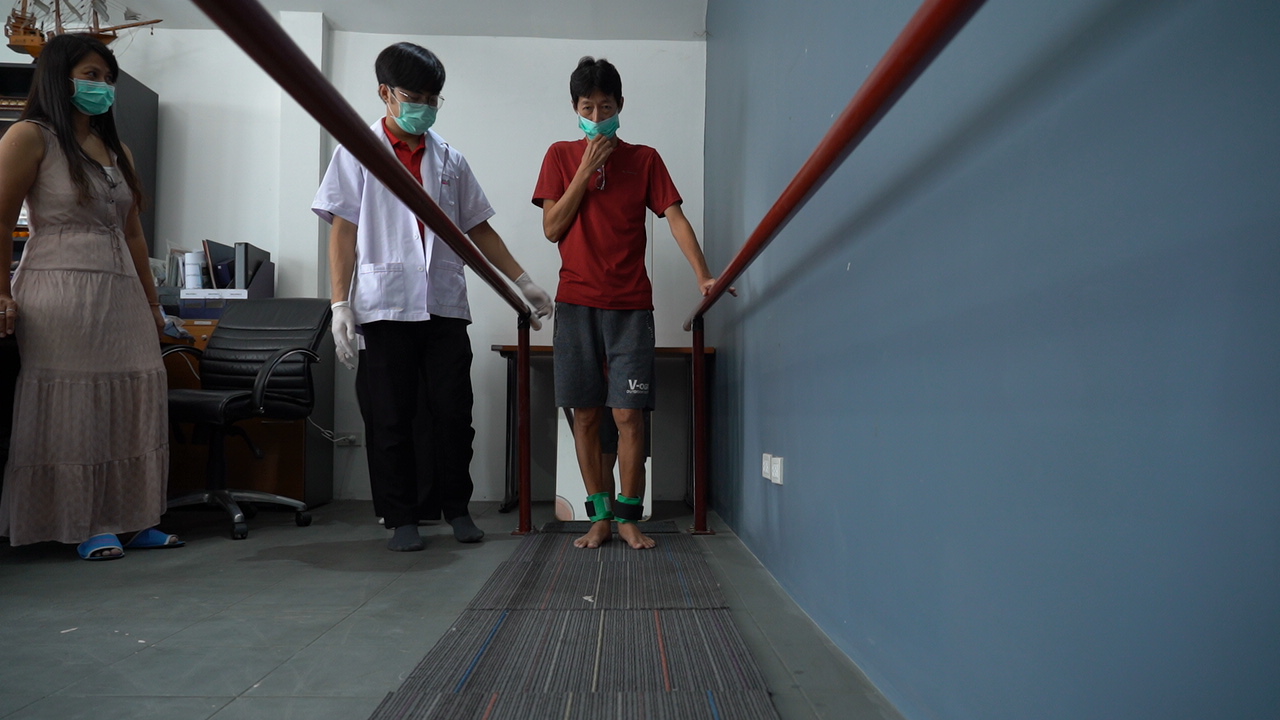
Throughout the rehabilitation process, we emphasize the patients’ improving ability to do daily tasks like getting up from bed, walking, and bringing back balance while sitting and standing. We also help them modify their environment, including furniture arrangement and pathway adjustment, to facilitate the patient's recovery.”
Physical therapists also provide various advice to caregivers, often the relatives of patients.
Yuwarinthon Buppha, the patient’s relative and caretaker, said that her family had sought physical therapy in private hospitals near their homes, but could not afford the service fees.
They later discovered that they could request the therapy at hospitals or clinics under the UCS.
"I felt worried that I or our family members would be unable to care for the patient. We didn't know how to perform therapy,” she said.
“Fortunately, the clinic sent therapists to our home. I'm very pleased that we can benefit from various treatments under the UCS.”
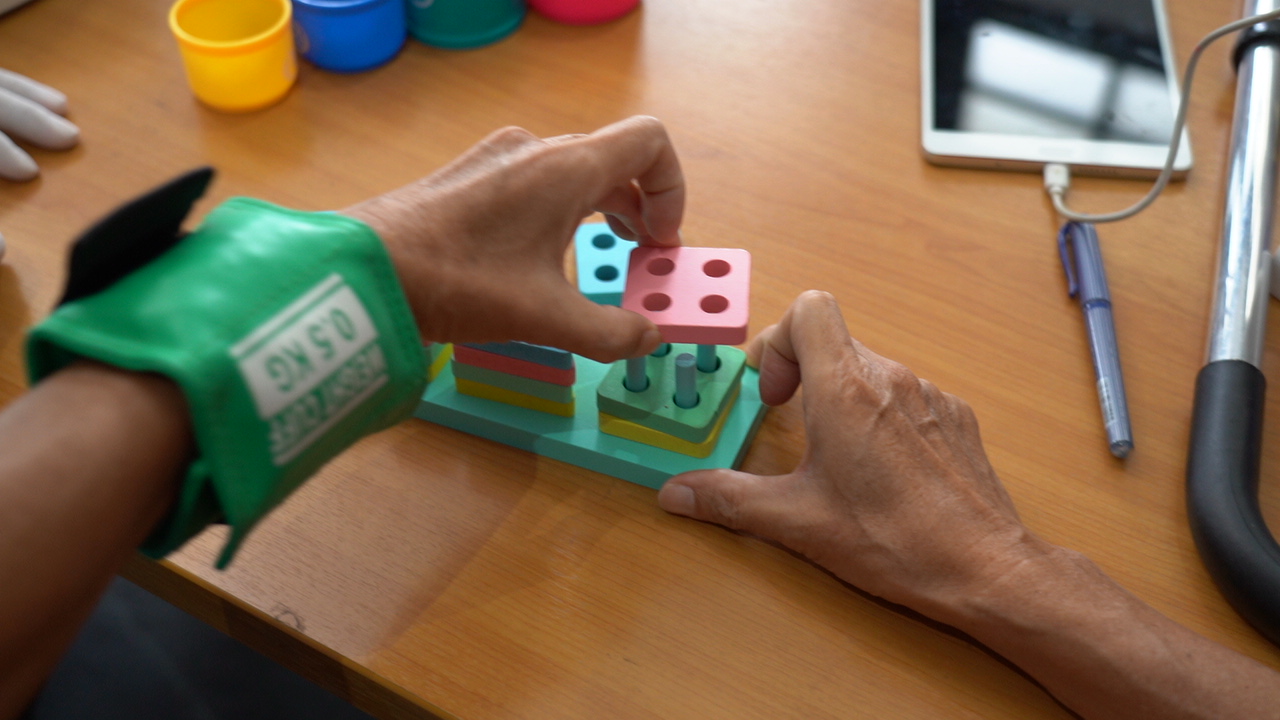
The physical therapists provided her family members with guidance, giving them more confidence to take care of the patients while the therapists were away.
“Receiving therapy is highly beneficial, especially when brought to our home. Going to the hospital is difficult and consumes an entire day. We felt exhausted from the process of going to the hospital.”
//////////////////

